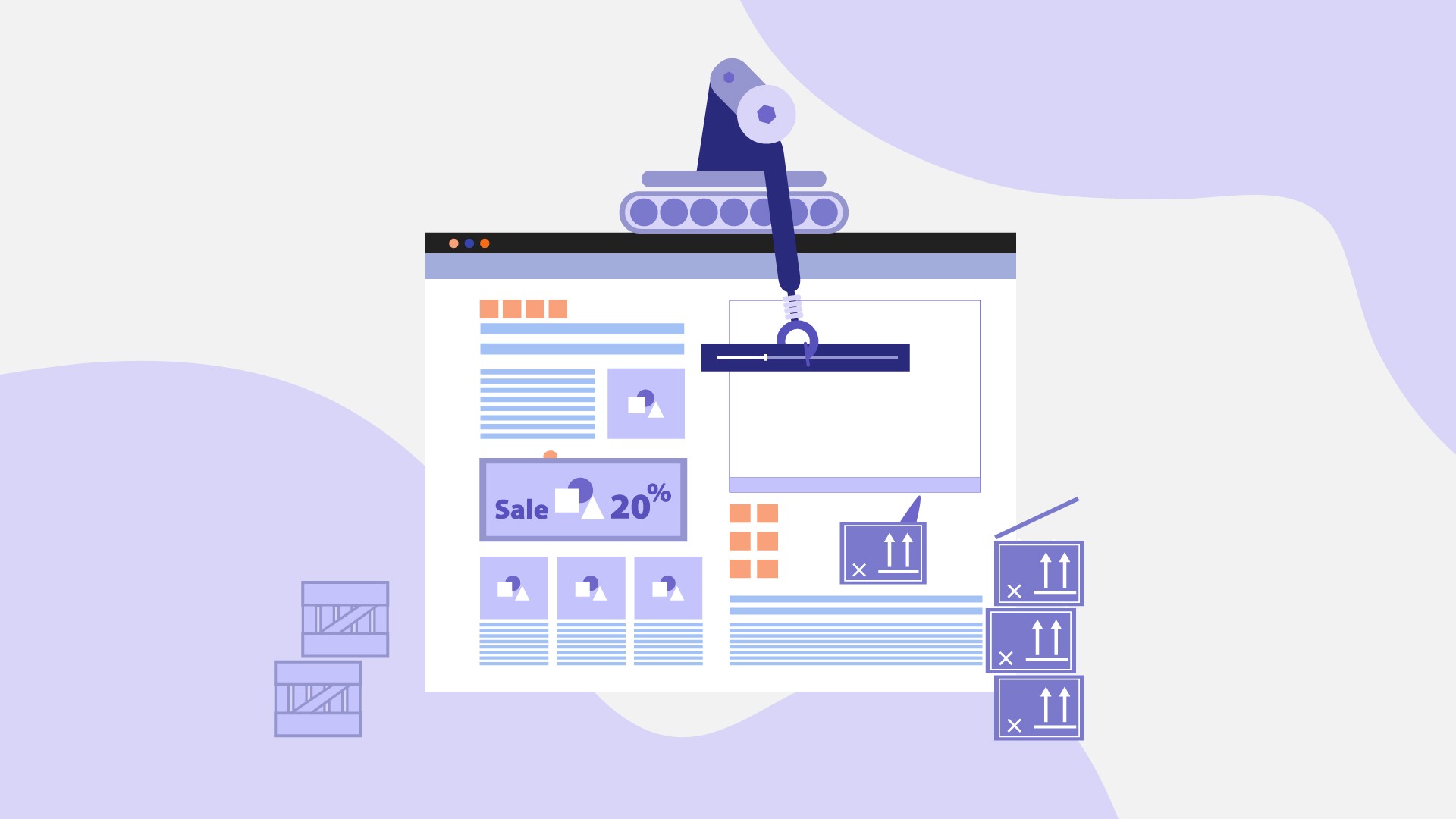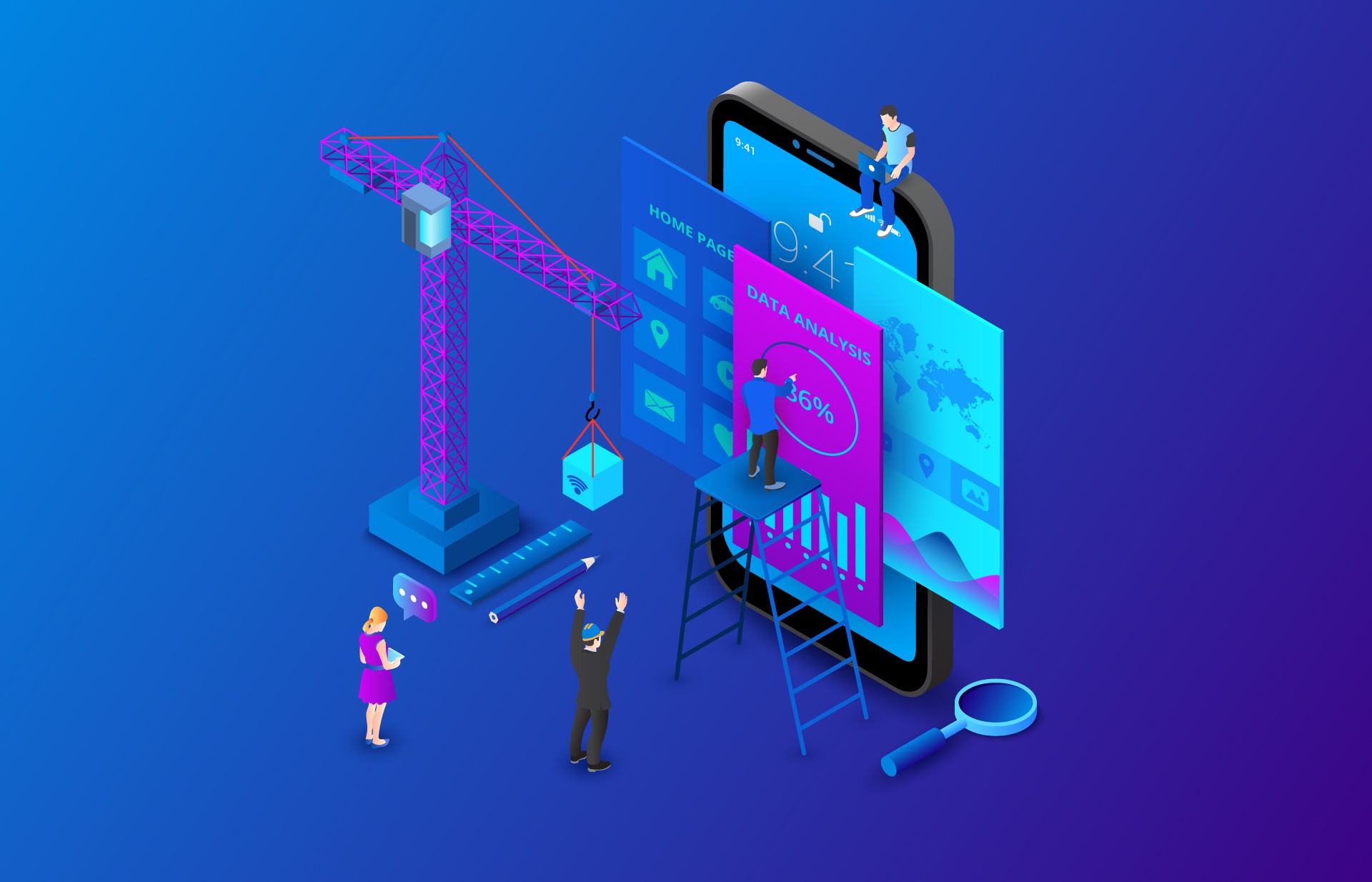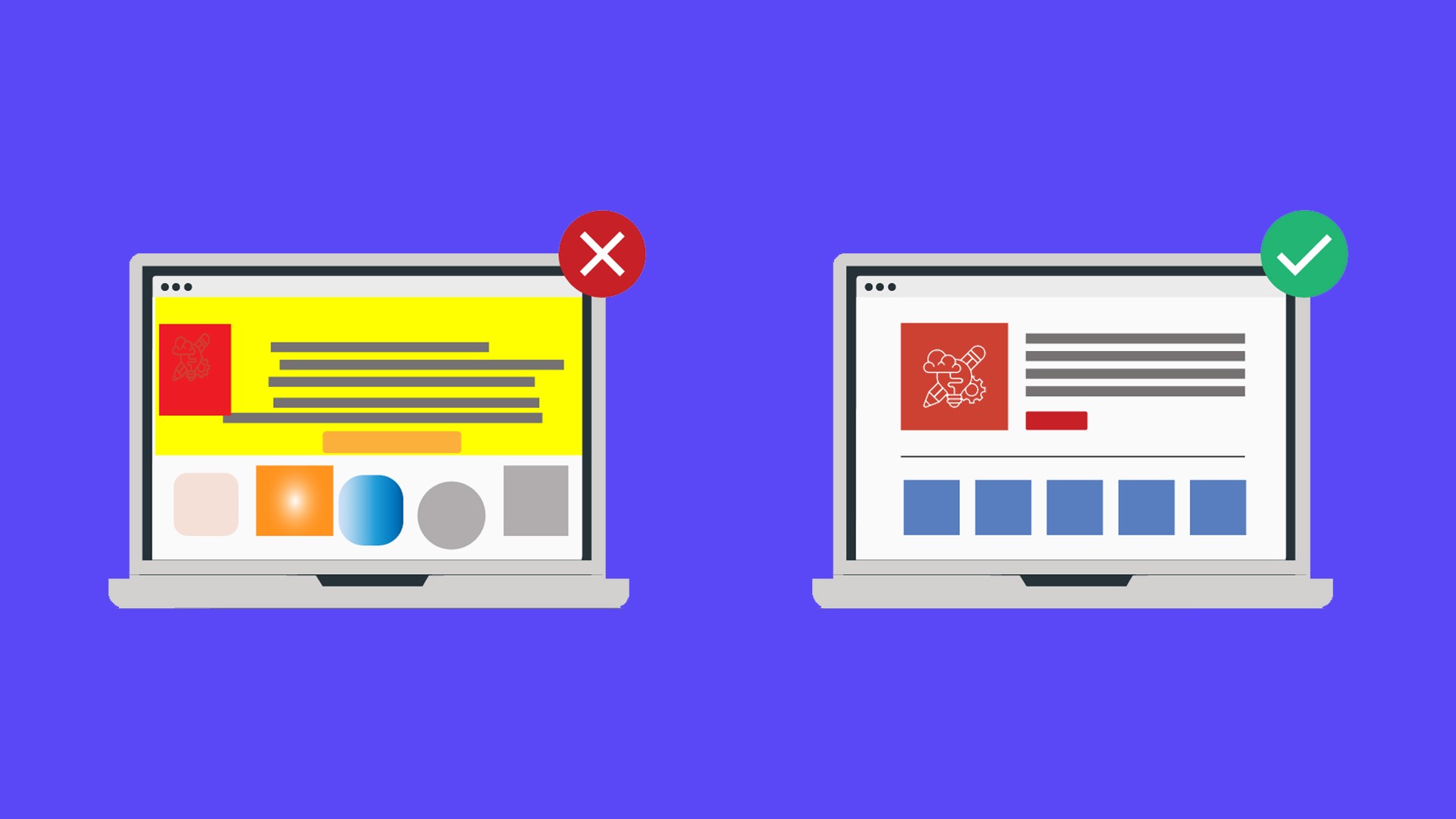Landing pages serve as your digital frontline, acting as focused entry points designed to turn visitors' interest into action.
Let's explore the essential elements that make landing pages effective conversion machines, backed by research and real-world examples.
Understanding the Fundamentals of Landing Page Psychology
Before diving into specific elements, it's crucial to understand the psychology behind successful landing pages.
Visitors make split-second decisions about whether to stay or leave, and these decisions are driven by both emotional and rational factors.
The most effective landing pages create an immediate emotional connection while providing clear rational benefits. They reduce cognitive load, build trust through social proof, and maintain message consistency throughout the user journey.

Compelling Above-the-Fold Content
The "above-the-fold" area—what visitors see without scrolling—is your digital handshake.
Research shows you have approximately 50 milliseconds to make a first impression, making this section crucial for engagement. The hero section needs a clear, benefit-driven headline that immediately communicates your value proposition.
Take Stripe's landing page as an example: they lead with "Financial infrastructure to grow your revenue," immediately conveying both what they do and their scale.
Your visual hierarchy should guide visitors' eyes through the content naturally, starting with your primary headline, flowing into a supporting subheadline, and leading to a clear call-to-action (CTA).
Supporting elements like hero images or videos and trust indicators should complement rather than compete with these core elements.
Clear and Compelling CTAs
Your call-to-action represents the crucial moment where intention meets action.
The most effective CTAs are strategically placed throughout the page at natural decision points, with the primary CTA prominently featured above the fold.
The language should be action-oriented and value-focused—think "Start Your Free Trial" instead of simply "Sign Up," or "Get Started Now" rather than a basic "Submit."
The visual design of your CTA should make it stand out naturally through contrasting colors that align with your brand, adequate white space, and proper proportions. Including hover states provides that subtle but important visual feedback that helps guide users toward conversion.
Social Proof and Trust Signals
Social proof transforms marketing claims into credibility.
Customer testimonials should tell a story, addressing specific pain points and solutions. Video testimonials are particularly powerful, as they show real people sharing genuine experiences.
When selecting testimonials, focus on ones that reflect your target audience's challenges and aspirations.
Trust badges, certifications, and usage statistics all play vital roles in building credibility. For example, e-commerce sites often see increased conversion rates when they display SSL certificates and payment processor logos.
When sharing statistics about your solution's impact, focus on meaningful metrics that resonate with your audience, such as the number of active users, money saved or earned, time saved, or success rates.
Performance Optimization
Page speed and performance directly impact your conversion rates, with studies showing that even a one-second delay in page load time can reduce conversions by 7%.
Technical optimization is crucial, and implementing proper image optimization is a key part of this. Mobile responsiveness is equally important.
Your landing page should provide an optimal experience across all devices through flexible grid layouts, responsive images, and properly sized touch targets. Regular testing across multiple devices and screen sizes ensures consistent performance.
Form Optimization
Forms often represent the final hurdle between interest and conversion.
The key to form optimization lies in simplicity and user-friendly design. Single-column layouts, logical field grouping, and clear progress indicators in multi-step forms all contribute to higher completion rates.
Keep it simple to reduce any barrier between the customer and your product.

Clear and Compelling Copy
Your copy should tell a coherent story that guides visitors toward conversion.
Start with a clear value proposition that articulates what you offer, who it's for, and why it's unique. Connect features to specific benefits throughout your copy.
For instance, don't just mention your "Advanced Analytics Dashboard"—explain how it helps users "make data-driven decisions in minutes, not hours."
Address common concerns proactively through strategic content placement. This might include FAQ sections, money-back guarantees, free trial offers, or clear pricing information.
The key is to anticipate and answer questions before they become obstacles to conversion.
A/B Testing Framework
Successful landing pages aren't created in a vacuum—they're the result of systematic testing and optimization.
Implement a methodical approach to testing various elements, from headlines and CTA placement to form layouts and pricing presentation.
Run tests for statistical significance, document your results, and implement winning variations while continuing to test iteratively.
Measuring Success
Understanding your landing page's performance requires a comprehensive approach to measurement.
Core metrics like conversion rate, bounce rate, and time on page tell part of the story. More advanced metrics such as heat mapping, scroll depth, and form field abandonment provide deeper insights into user behavior and potential optimization opportunities.
Conclusion
Creating a high-converting landing page is both an art and a science.
Success comes from understanding your audience, implementing these essential elements thoughtfully, and continuously testing and optimizing based on real user data.
Remember that optimization is an ongoing process—what works today might need adjustment tomorrow as user expectations and behaviors evolve.
The most successful landing pages share a common thread: they put the user's needs first. By focusing on clear communication, building trust, and making conversion as frictionless as possible, you can create landing pages that effectively turn visitors into customers.



